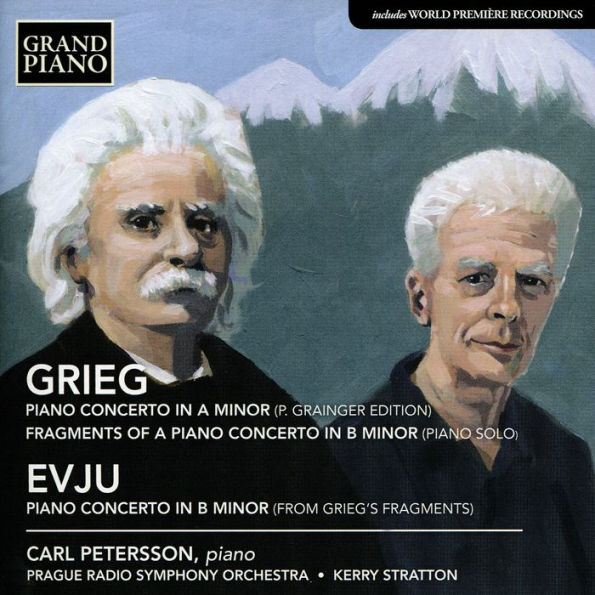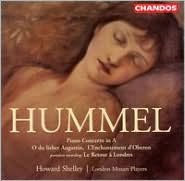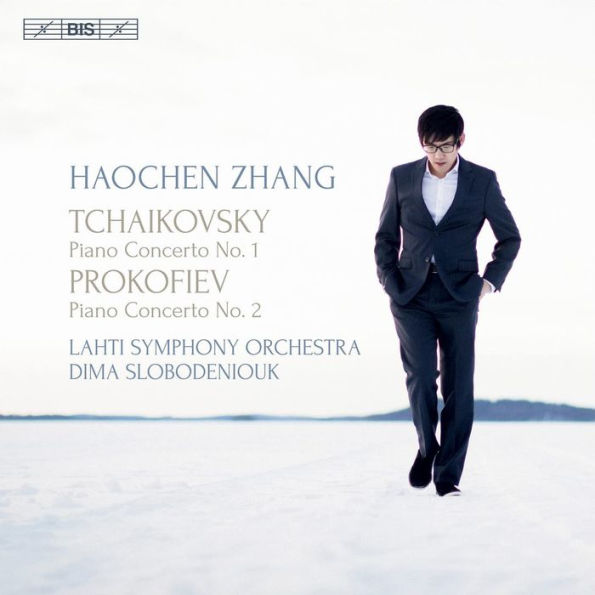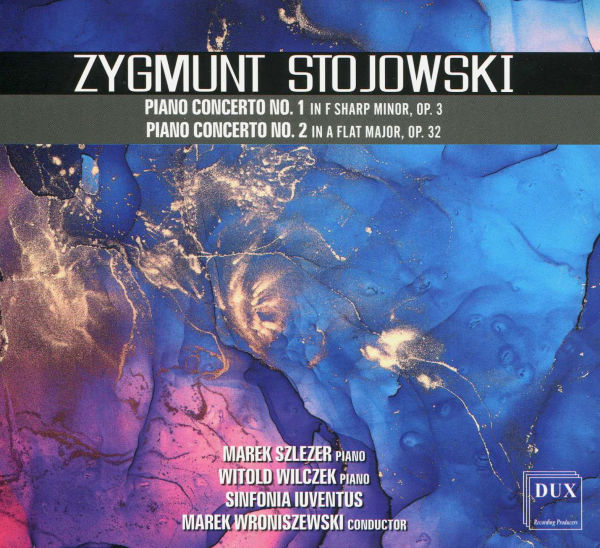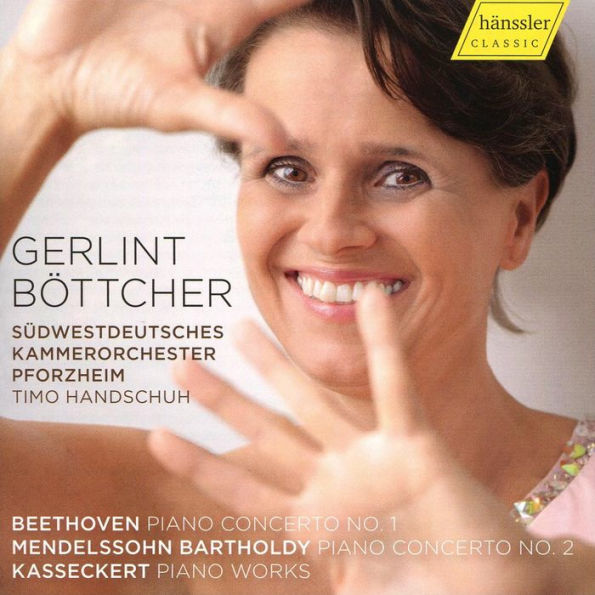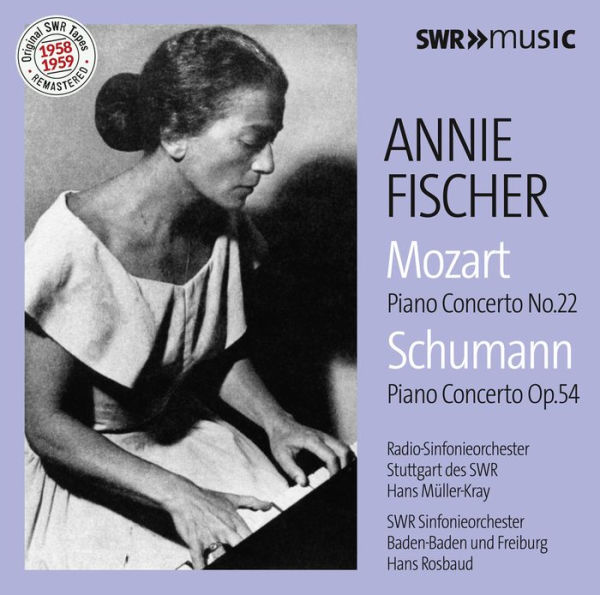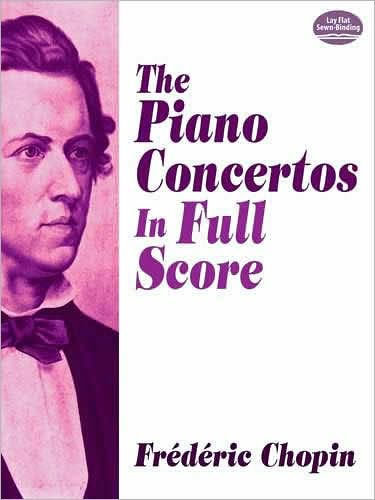Home
Bartók: Piano Concertos
Barnes and Noble
Bartók: Piano Concertos
Current price: $19.99
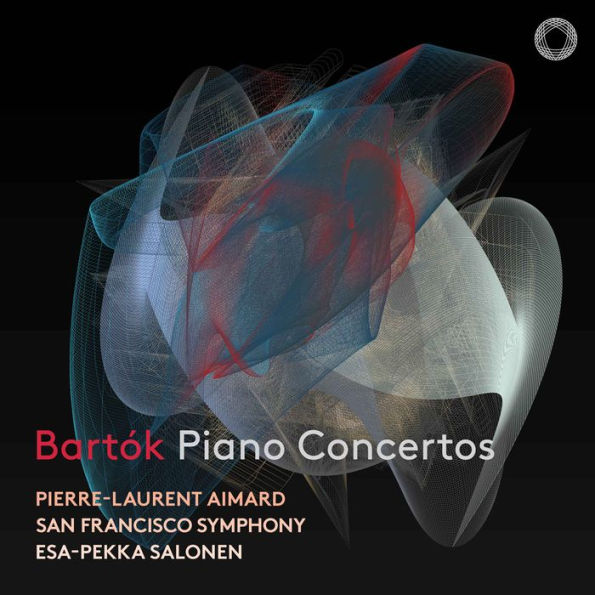

Barnes and Noble
Bartók: Piano Concertos
Current price: $19.99
Size: OS
Loading Inventory...
*Product information may vary - to confirm product availability, pricing, shipping and return information please contact Barnes and Noble
Bartok
's three piano concertos, unlike his string quartets, are not evenly distributed across his career; the first two come from the period of his thorniest music in the 1920s and early '30s, while the
Piano Concerto No. 3 in E major
was one of the last things he wrote in 1945 and was left with its final detail unfinished. The
Piano Concerto No. 1 in A major
and especially the
Piano Concerto No. 2 in G major
are perilously difficult. Most difficult works are now easily within the capabilities of well-drilled conservatory graduates, but not this one;
Andras Schiff
said that when he plays it, he leaves blood on the keyboard. Here, the pianist is
Pierre-Laurent Aimard
, a contemporary music specialist not known for virtuoso music. However, he was a student of
Yvonne Loriod
, who gave one of the earliest performances of the
Piano Concerto No. 2
, and he may have picked up a few tricks. It may be the general approach that he learned from
Loriod
; instead of letting the work turn into a finger-buster, he adopts a somewhat gentler approach. That may not seem what is desired in a true virtuoso Hungarian work (which
wrote for himself to play), but it allows room for the expansive detail work that conductor
Esa-Pekka Salonen
and the
San Francisco Symphony
bring to the music. Listen to the first movement of the
, which has an impressive smoothness and confidence. In fact, it is only in the
Piano Concerto No. 3
, written in
's broader and more tuneful late style, that
Aimard
disappoints somewhat. However, this album is well worth hearing; it represents a fresh take on some difficult repertory standards. ~ James Manheim
's three piano concertos, unlike his string quartets, are not evenly distributed across his career; the first two come from the period of his thorniest music in the 1920s and early '30s, while the
Piano Concerto No. 3 in E major
was one of the last things he wrote in 1945 and was left with its final detail unfinished. The
Piano Concerto No. 1 in A major
and especially the
Piano Concerto No. 2 in G major
are perilously difficult. Most difficult works are now easily within the capabilities of well-drilled conservatory graduates, but not this one;
Andras Schiff
said that when he plays it, he leaves blood on the keyboard. Here, the pianist is
Pierre-Laurent Aimard
, a contemporary music specialist not known for virtuoso music. However, he was a student of
Yvonne Loriod
, who gave one of the earliest performances of the
Piano Concerto No. 2
, and he may have picked up a few tricks. It may be the general approach that he learned from
Loriod
; instead of letting the work turn into a finger-buster, he adopts a somewhat gentler approach. That may not seem what is desired in a true virtuoso Hungarian work (which
wrote for himself to play), but it allows room for the expansive detail work that conductor
Esa-Pekka Salonen
and the
San Francisco Symphony
bring to the music. Listen to the first movement of the
, which has an impressive smoothness and confidence. In fact, it is only in the
Piano Concerto No. 3
, written in
's broader and more tuneful late style, that
Aimard
disappoints somewhat. However, this album is well worth hearing; it represents a fresh take on some difficult repertory standards. ~ James Manheim



